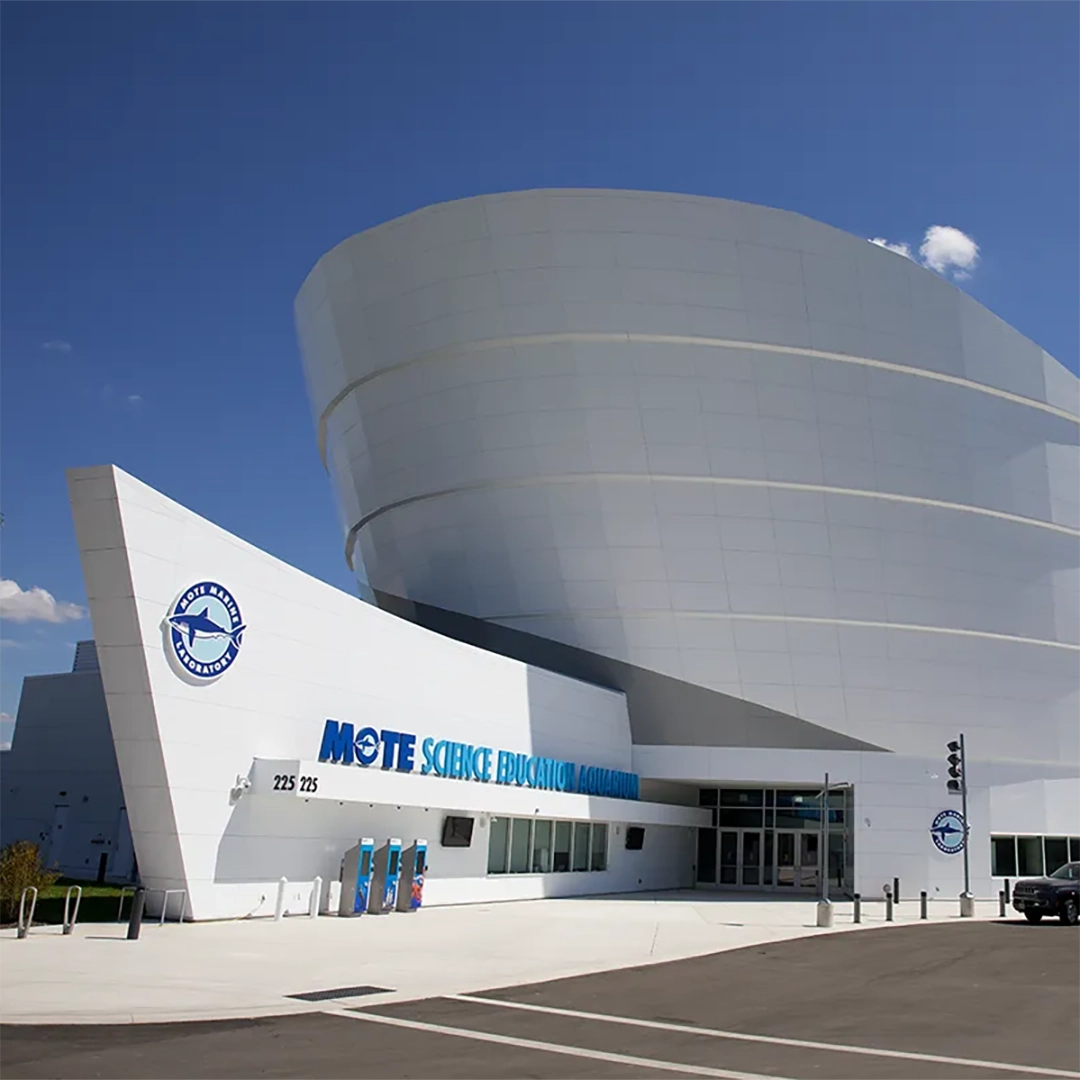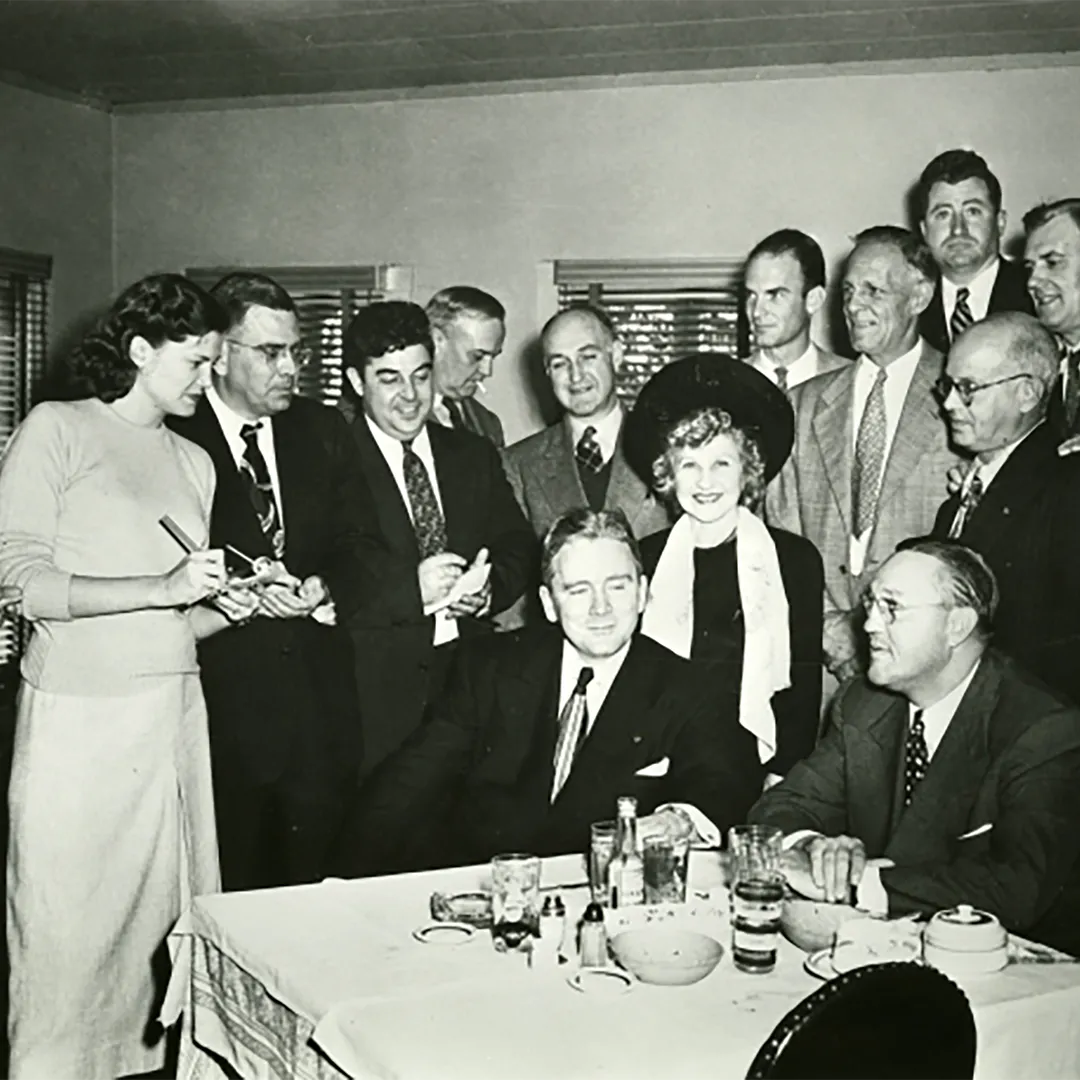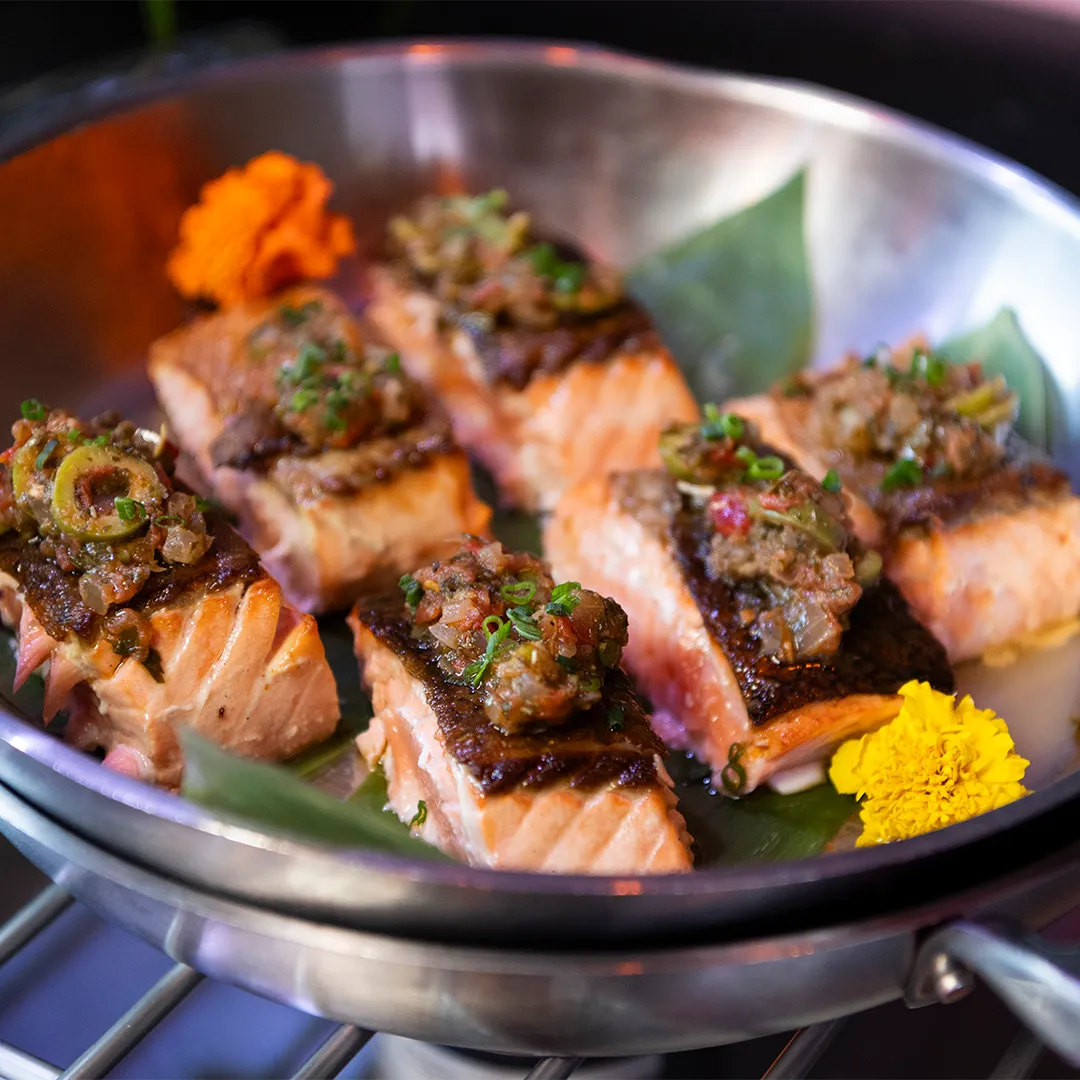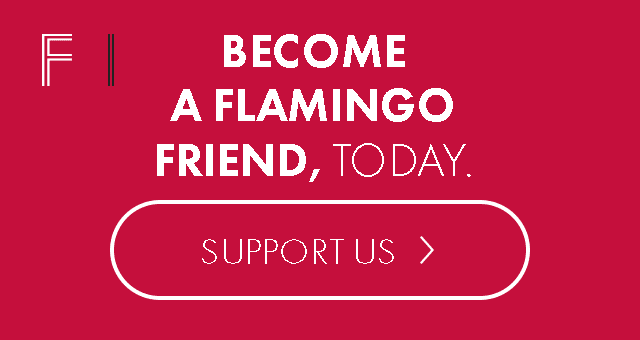by | September 24, 2025
Mario Carbone’s Miami Takeover
New York City-restaurateur Mario Carbone dishes about his Miami location and the art of running restaurants that actually work.
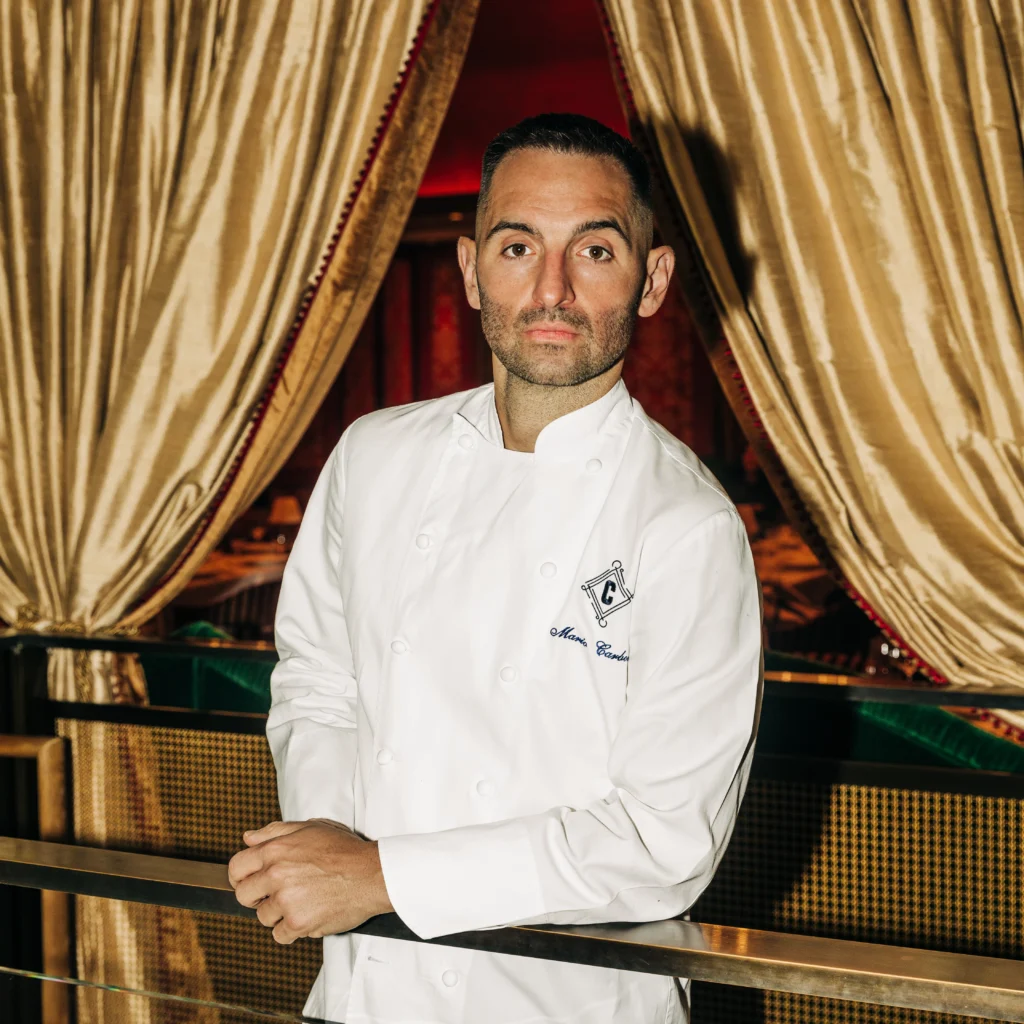
I had no idea what Mario Carbone would say when I compared his Major Food Group (MFG) to Hillstone Restaurant Group, which is known for Houston’s, a successful chain that rose to fame in the late 1970s.
Carbone is the founder and chef of the MFG, which has imported several of its New York City-bred restaurants, including Carbone, Sadelle’s and Dirty French, to Miami. In my opinion, they are some of the best-run restaurants; places where, every time you go, the food will be spot-on, the service handled by pros and the vibe just downright fun.
I asked Carbone on a recent call about Houston’s, which is maybe the best-run restaurant group in the country. We were speaking as part of my research for a feature in the most recent issue of Flamingo on all the outside restaurant groups that have come to Miami in recent years. Carbone shared about MFG’s move to the Magic City, running restaurants in a post-COVID-19 world and an answer to my Houston’s question that surprised the heck out of me.
Carbone was one of the first big restaurant groups to come to Miami after COVID-19 and really plant a flag. What was it about that time that made you say, “Okay let’s go and do this”?
Mario Carbone: We had identified Miami as a place for growth for us at some point. We were talking to people, and we had some ideas of how we would expand there when the time was right. And then we had the forced closure during COVID-19 and the shutting down of the world. It was a very uncertain time.
The company was effectively shutting down with the exception of a very, very small group of people. How do we keep the wheels on? How do we keep people employed? How do we keep the business going? By August, basically the only city open for business in the world was Miami.
We put out an open call to existing staff members in New York and set up a company-wide Zoom. And we said, basically, you know, ‘Who can make a move to Miami?’ We had a group of about a hundred from our team from New York that came down with us. It was a second-generation restaurant space, and we turned it around quickly. Speed and time are of the essence in that moment.
Click here to read more about Miami’s Michelin-star restaurants and global dining concept invasion.
When you come to a new city like Miami, do you tailor the concepts to that place? Or do you keep the same playbook as New York?
MC: I don’t believe in tailoring concepts. I think if there is a desire for your restaurant beyond the walls of the one that exists, that means you’re doing something right. And the last thing you should do is start tweaking it. And I would say people in Miami, they wanted the real McCoy.
There was worry in the Miami restaurant industry that big-name hospitality groups coming in was going to flood the market. I personally think it’s had a positive effect on raising the bar in Miami. What do you think?
Having great hospitality only furthers a city like Miami. High tide rises all ships. You had something great in Miami prior to covid, so I’m sure it is only booming now since the population growth. I don’t think anybody, of all the restaurants that came to town, wanted to disrupt the climate in Miami. I think you could only have been a boost.
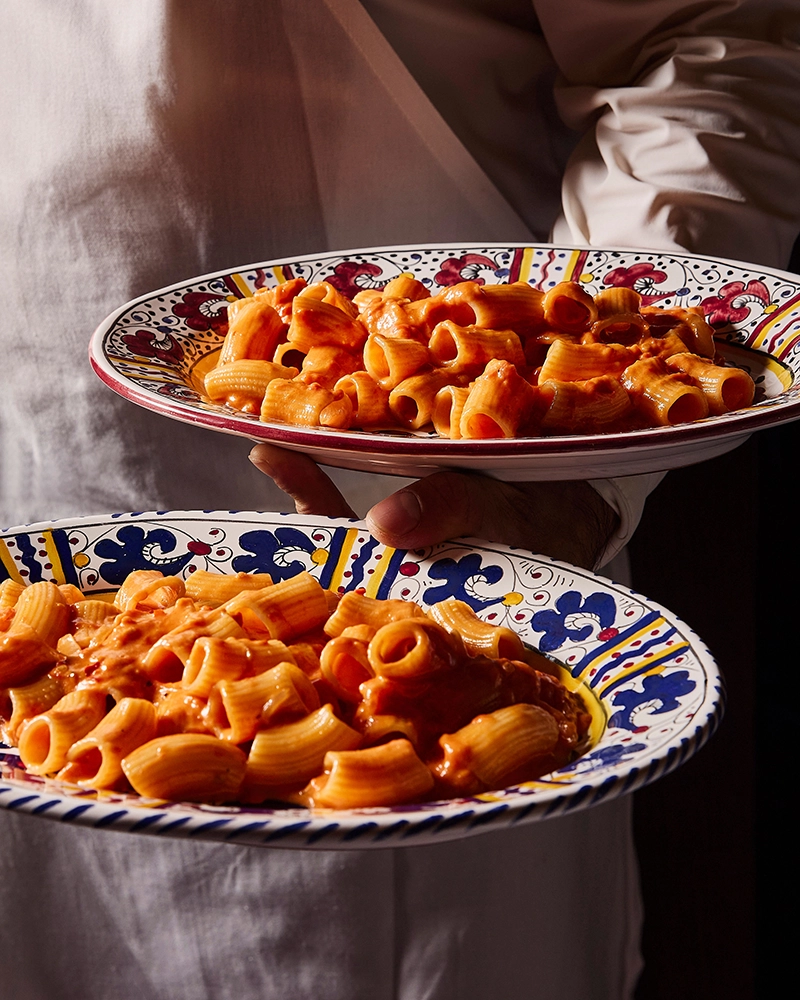
I’ve been thinking lately about how restaurants groups like Houston’s, or Hillstone, opened across the country a generation ago and created the best restaurants in town. Now we’re having this new wave of a higher version of that, like the Carbone’s coming to town.
Well, I would say first and foremost, Hillstone is arguably the best-run restaurant group. In most cities, if there is a Houston’s-branded product, it is generally one of the best restaurants in the city. For Major Food Group, that is an enviable comparison. We’re trying to consistently grow while keeping our brand standards on par with what people know to be true. So, you look at a company like a Houston’s that does an incredible job with growth, management, processes—that’s something that we spend a great deal of our time on.
At this point, you’ve built restaurants in multiple cities. How does Miami compare in terms of guest expectations, staffing and ingredient sourcing? I’ve always heard from restaurateurs that we drink more in Miami than anywhere else. What do you think?
Well, I think (if) you’re looking at it just statistically, it compares very closely to New York for us. There’s certainly a bit more seasonality to Miami than New York, but that is normal for most cities. New York is the aberration there.
Do you have a moment that captures what it’s like coming to Miami?
Well, we’ve been welcomed with open arms since the day we came here. Miami is very much a sister city to New York. There’s always been that connectivity to New York. I have certainly been coming to Miami since I was younger, and when we came here there was nothing but a city welcoming us with the greatest of open arms. And that has always been a very special feeling for us. Especially in those first few months (with) the vibrancy and the energy. It was really special for us and now has carried through to its four-year birthday here.
I can remember it. It was the spring of 2021, and I went to Carbone on Miami Beach with some friends. It was one of those first meals with a big group of people, and man, it felt so good.
It was a special time. Just knowing that we were one of the only ones, arguably in the world, that were having that moment was really quite unique.
Don’t miss updates on our state’s dining scene by signing up for Key Lime, our monthly culinary newsletter which covers the freshest in Florida’s cuisine.
About the Author
Eric has been a journalist in Florida for two decades, including stints at newspapers in Fort Pierce, Stuart and Sarasota. His role at Flamingo includes everything from interviewing chefs to first-line editing on cover stories and penning our monthly culinary newsletter, Key Lime.

